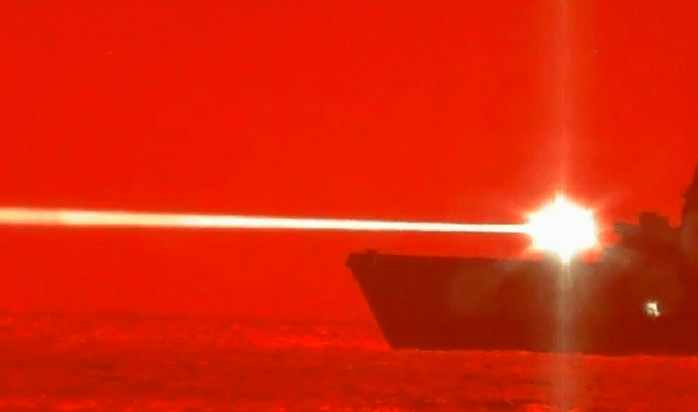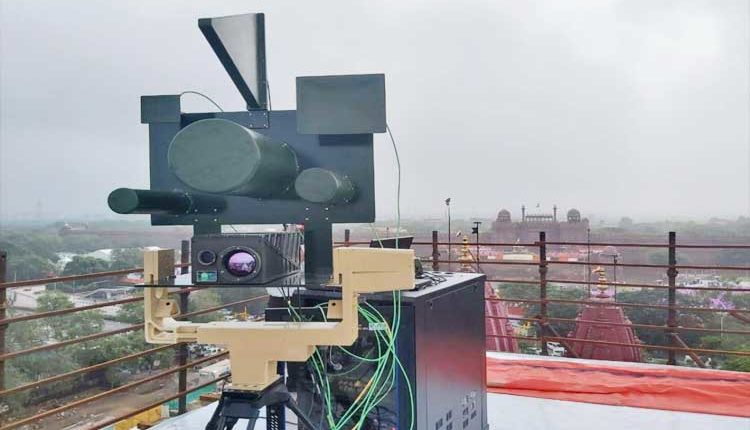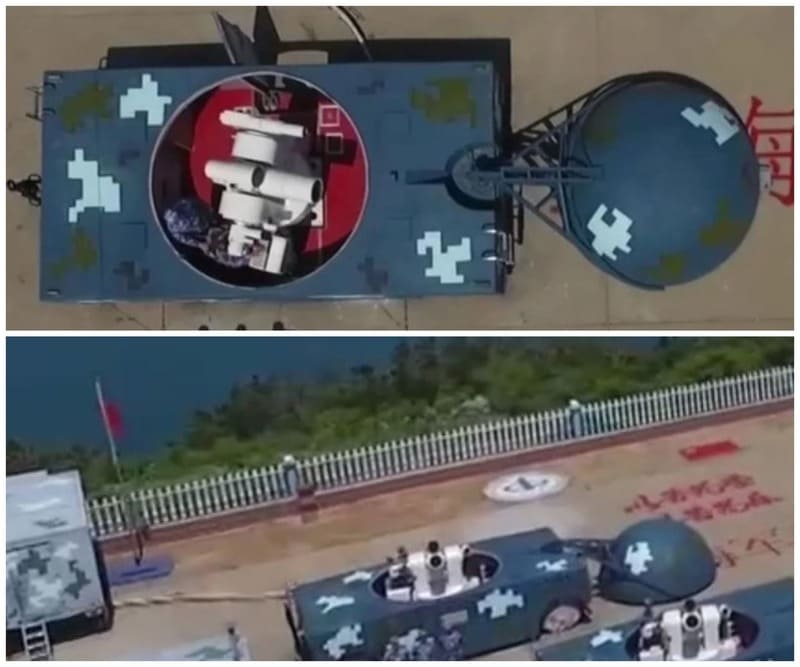War of laser systems: India , China ,Russia , US All Are In The Race
SOURCE : https://defenceview.in/war-of-laser-systems-india-china-russia-us-all-are-in-the-race/
Modern conflicts confirm the changing face of the battlefield, which is ruled by technology. For example, the aggravation in Nagorno-Karabakh has become yet another proof of the effectiveness of unmanned aerial vehicles (UAVs), including shock ones. Moreover, their effectiveness is incomparable with the cost, which is sometimes lower than the cost of missiles of “traditional” air defense systems. Therefore, the designers of the leading countries began to search for anti-UAV-oriented air defense systems. Most of them are based on combat lasers.
India
India anti-drone system
India’s
DRDO will work on the development of
Directed energy weapons like high energy lasers and high powered microwaves. Directed-energy weapon development will be a part of the national program which will have short, medium, and long term goals. Recently DRDO has deployed its anti-drone system on the occasion of 74th independence day in the PM’S security. Anti-drone system with DEW i.e a 10kw laser which can engage aerial targets up to 1-2.5km range. DRDO will develop variants of DEW’S up to 100kw with the help of the domestic industry. DRDO is supposed to be working on various DEW projects such as chemical oxygen-iodine and high power fiber laser and secretive weapon KALI to take down hostile missiles and aircraft.
Read here :What Are India’s Plans for Directed Energy Weapons?
According to media reports have suggested that a national plan is afoot with short, medium and long-term plans to develop a number of DEWs variants up to 100 KWs of power. In August 2017, DRDO reportedly successfully tested a 1-KW laser weapon at Chitradurga on a target 250-metres away.
The target took 36 seconds to be hit. Parliamentary records have revealed that a couple of vehicle-mounted high power laser-directed energy systems have been worked upon by the DRDO and shown to the military for their feedback.
Further, the country is reported to have already developed KALI (kilo ampere linear injector), a linear electron accelerator for targeting long-range incoming missiles and more work on the advanced versions of KALI is underway.
China
Footage of the tests of the Chinese laser system.
In a recent report from the Chinese TV channel CCTV7, the new PLA Navy technology tests were shown for the first time. In particular, a short-range coastal air defense system with a laser installation was tested in Bohai Bay. Two experimental installations, mounted on a wheeled trailer, were included in the television personnel.
The journalists did not disclose the characteristics of the new air defense systems. According to independent Chinese experts, the total capacity of one unit is 100 kilowatts. This power was achieved by using three emitters, the beams of which are “collected” through a fiber-optic cable in a special device that forms one powerful beam. Experts are inclined to believe that such a beam can hit a small target at an altitude of 7 kilometers.
Russian systems
Russian laser complex “Peresvet” in a combat position
Judging by the available data, the Russian military laser “Peresvet” can be considered an analog of the Chinese system. It is believed that it is also based on a package of modules with a power of about 10 kilowatts, which forms a laser beam of 50-100 kilowatts. According to the General Staff of the Russian Armed Forces, the characteristics of the system are unknown. Peresvet has been on alert since the end of 2019. Therefore, in the speed of implementation of laser systems, the Russian Federation holds the lead.
Also, at the Army-2020 forum, the Russian holding company Ruselectronics (part of the Rostec state corporation) showed an air defense complex, also equipped with laser weapons. Complex “Rat” belongs to another “weight category” but demonstrates progress in creating laser systems. The vehicle on an armored chassis has its own radar, which can detect objects at a flight speed of up to 200 km / h, and with an effective scattering area of 0.001 sq. m., which allows the Russian complex to fight the “stealth” -UV. At the same time, it is possible to hit an object with a laser from a distance of up to one kilometer, and the presence of a microwave emitter allows you to “reach” targets at a distance of 3.5 kilometers.
American lasers
30-kilowatt AN / SEQ-3 LaWS aboard USS Ponce.
In the United States, laser air defense systems were the first to “try on” the Navy ships. So, since 2014, an experienced AN / SEQ-3 Laser Weapon System (LaWS) laser with a capacity of 30 kilowatts has been installed on the USS Ponce ship. And in 2021, it is planned to install a 60-kilowatt laser on the USS Preble destroyer. This version of LaWS will be able to hit not only UAVs but also resist surface ships.
BTR Stryker with MEHEL laser installation.
The closest ground-based laser complex to mass production can be considered the Stryker MEHEL system, which was first presented in 2016. The first sample of a laser installation from Kord Technologies has a power of 5 kilowatts, which allows you to fight only with small drones. However, it is planned to increase the laser power to 50 kW by 2022. Northrop Grumman and Raytheon are developing new emitters in parallel.
At the same time, a high power laser – IFPC-HEL (Indirect Fire Protection Capability – High Energy Laser) is being developed. Lockheed Martin is developing a 300-kilowatt laser to counter cruise missiles, and Dynetics will prepare the chassis of an Oshkosh 10-wheeled truck to carry weapons. True, the results of this work are unlikely to be known until 2022.
Outcome
It is too early to talk about the total superiority or lag of this or that country in implementing laser technologies in air defense. But it can already be stated that laser weapons have not only ceased to be considered science fiction but have also become an affordable alternative to “conventional” weapons. According to sources from The Economist magazine, one “shot” from a 30-kilowatt LaWS costs $ 1, which eliminates the need to spend expensive ammunition to combat makeshift drones.
Render with the alleged appearance of the IFPC-HEL complex.
















